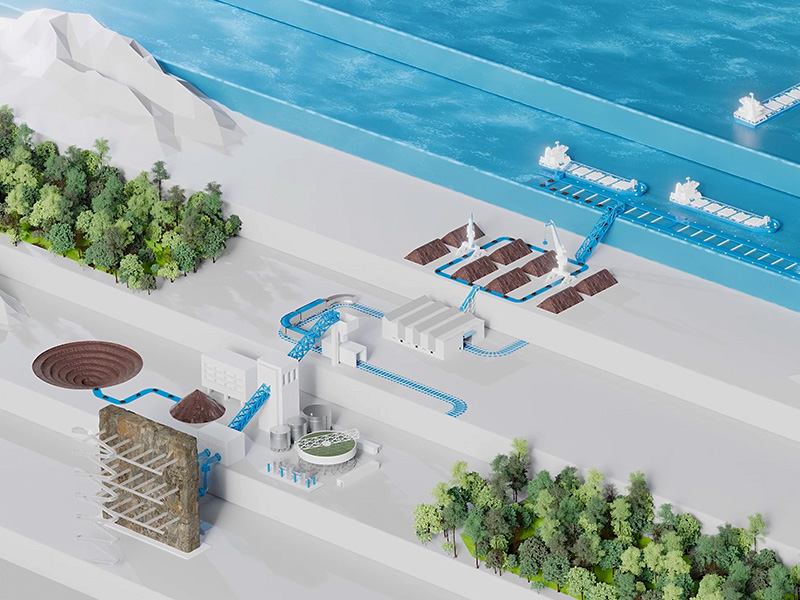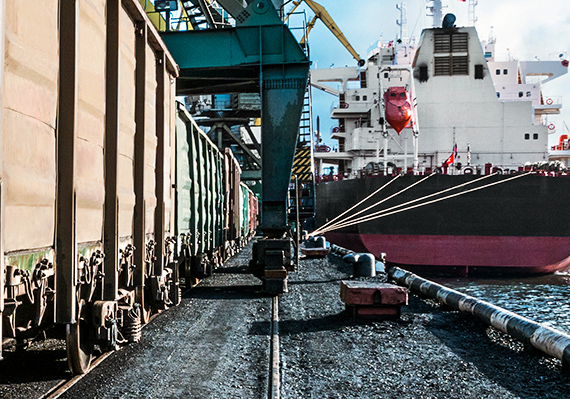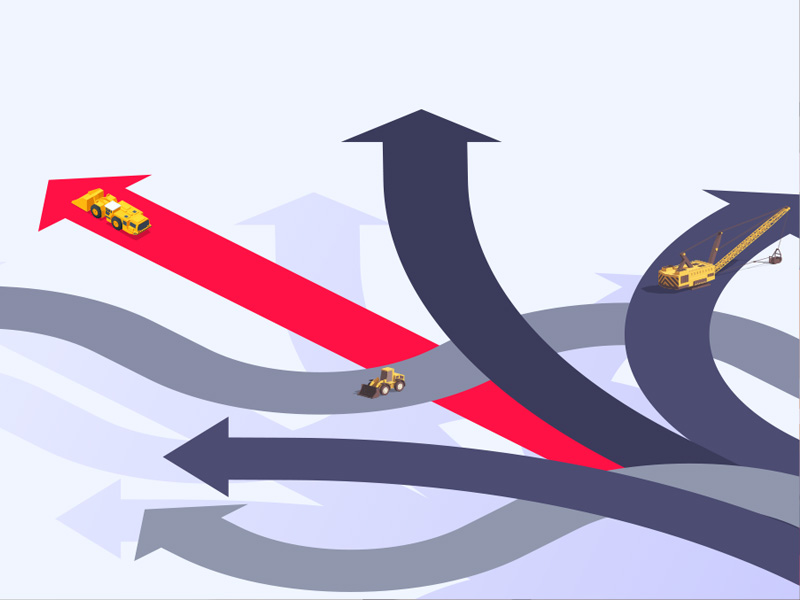What is Industrial Mathematics?
If you google ‘Industrial Mathematics’ you might land on numerous hits for applied mathematics courses, or a few articles dating from the early 2000s that attempt to define it. Discovering not just what this term means, but how it can be practically applied to industry is information that is not readily available.
Yet the field of Industrial Mathematics interfaces with disciplines many of us are familiar with. Artificial intelligence, digital twins, simulation are all popular technologies that use forms of industrial mathematic methodologies. At its heart, Industrial Mathematics quite simply uses math to solve complex problems for industry.
Transforming highly complex technical, organisational and economic problems into mathematical models can be a very challenging task.
Industrial Mathematics can add significant value to businesses by solving problems that are often too complex for humans to solve. Problems like, how do I operate my energy and steam producing assets to minimise the cost of production and be able to sell my excess capacity to the market? Or how do I not only predict and intervene before an asset fails, but identify the combination of contributing factors at the root of the problem?
As Industrial Mathematics specialists, Polymathian use advanced analytical tools like mathematical optimisation, machine learning, simulation and statistics to solve complex problems for industry.
For a major global mining company, we recently deployed an innovative Level 6 Short Interval Control system* for their hard-rock underground caving operation. This was a world-first, highly automated and optimised real-time operational control system which resulted in a 20% increase in productivity. Producing optimal solutions in real time to manage complex production operations is a great example of Industrial Mathematics in action.
Or consider this problem - a massive mining value chain required careful coordination of all rail, terminal stockpiling and vessel berthing operations to maximise system throughput, minimise shipping delays, and maximise rail productivity. This problem would be near impossible to solve without the aid of advanced Industrial Mathematics techniques.
Building mathematical models for real-world problems requires an understanding of the associated industry and the business problem at hand. Having the experience to ensure you solve the right problem using the right approach will ensure the delivery of a highly usable product for the customer that adds immense value. Industrial Mathematics can optimise your workforce or shipping schedules, predict asset failure, simulate infrastructure development, improve site safety, or simply maximise efficiency and profitability among a seemingly infinite list of possibilities.
To find out how, get in touch with one of our specialists.
*According to the definition provided in the Global Mining Guidelines Group (GMG) New Short Interval Control Guideline





